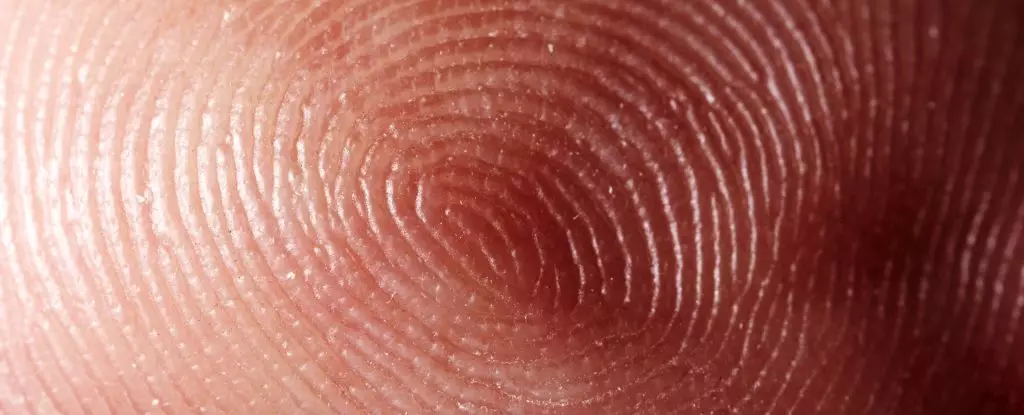Human physiology is a marvel of interconnected systems, where each component plays a pivotal role in maintaining homeostasis. The nervous system, often celebrated for its rapid communication abilities, utilizes bioelectrical signals to transmit information almost instantaneously. The body’s ability to react, as when we withdraw our hand from a hot surface reflexively, reveals a complex web of signaling mechanisms that often go unnoticed. However, recent groundbreaking research has unveiled a remarkable twist in this narrative: the epithelial cells that blanket our skin and internal organs possess a unique signaling capability that may challenge our understanding of cellular communication.
A Long-Awaited Revelation
For years, scientists regarded epithelial cells as relatively silent entities, engaged primarily in protective and structural duties. The recent findings from researchers at the University of Massachusetts Amherst have turned this assumption on its head. Their study revealed that when these epithelial cells encounter injury, they engage in a slow yet persistent form of signaling — what the team describes as a “scream” — reminiscent of but significantly slower than neural impulses. This discovery not only redefines our perception of epithelial cells but also paves the way for innovative therapeutic applications. Polymath Steve Granick pointedly notes, “Epithelial cells do things that no one has ever thought to look for,” highlighting the unexpected revelations that lie dormant within the human body.
Research Methodology: Unveiling the Cellular Conversation
The researchers meticulously crafted an experimental setup to explore these cellular interactions. They utilized a specialized chip adorned with an array of 60 electrodes, layered with a single layer of human keratinocytes — the primary epithelial cells forming our skin’s outer layer. By employing a laser to induce a mild stressor, they were able to listen in on the subsequent electrical signals generated by the keratinocytes. The findings reflected a beautifully orchestrated yet slow “conversation” among the cells, demonstrating that communication can occur over considerable distances — with signals traveling around 10 millimeters per second and maintaining coherence for up to five hours.
What’s particularly astonishing is the parallel that researchers drew to electrical signaling in plants, hinting at a deeper biological correlation across species. This discovery raises the question of whether such slow communication may be more universal and essential to life than previously thought.
The Role of Ion Channels: A New Dimension of Communication
Integral to this newfound communication strategy are ion channels — tiny gateways in cell membranes that facilitate the transport of charged ions like calcium. Unlike neurons, which react primarily to electrical changes, these epithelial ion channels respond to mechanical stimuli such as pressure or stretching. This important distinction highlights not just a novel type of signaling but also uncovers a complexity that may enhance our understanding of cellular interactions. The longevity of these signals puts forth a compelling argument for exploring how wounds and physiological responses can be monitored over extended periods.
Charting New Territory in Biomedical Applications
The implications of this discovery extend far beyond academic curiosity. Granick and his collaborator, biomedical engineer Sun-Min Yu, suggest that understanding these “screams” between wounded epithelial cells can unlock new doors in biomedical technology. Imagine wearable sensors or advanced electronic bandages that harness this newfound knowledge to improve wound healing times. This innovation could drastically change how we approach treatment for injuries, potentially reducing recovery times and enhancing patient outcomes.
As we venture further into the complexities of cellular signaling, it becomes increasingly clear that our bodies harbor untapped knowledge waiting for inquisitive minds to discover. The revelations surrounding epithelial cell communication not only enrich our understanding of human physiology but also challenge the traditional narratives surrounding cellular interaction. It signals a shift toward an era where the coexistence of rapid and slow signaling can be harmonized to foster a healthier future.

